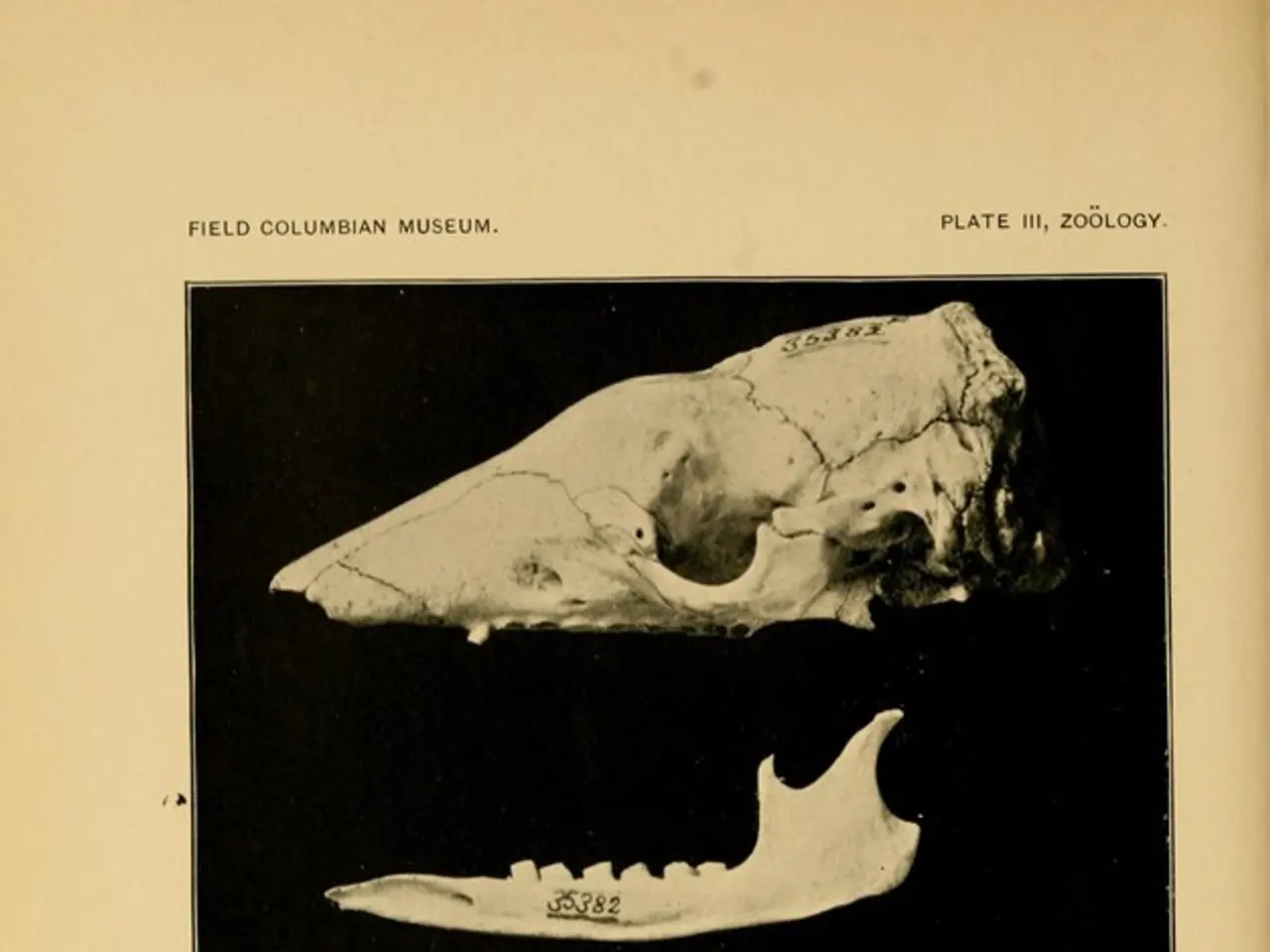Strategies for Maintaining Bone Health Past the Age of Sixty
In our golden years, it's essential to prioritise bone health to ensure a comfortable and active lifestyle. Here are some key facts to help you understand the importance of bone health and the steps you can take to protect it.
Firstly, calcium plays a crucial role in maintaining bone and tooth strength. For adults aged 51 to 70, the recommended daily allowance (RDA) for calcium is 1,200 mg for females and 1,000 mg for males. Foods rich in calcium include milk and milk alternatives, yogurt, cheese, leafy greens like kale and broccoli, canned fish with bones, Chinese cabbage, and certain cereals and cereal bars.
Vitamin D is another essential nutrient for bone health, working together with calcium to protect against osteoporosis. Direct sunlight on bare skin can help the body produce vitamin D, but overcast, cloudy, or smoggy weather may reduce its production. Foods rich in vitamin D include fatty fish like mackerel, salmon, trout, and tuna, as well as fortified foods such as milk and milk substitutes. The RDA for vitamin D for adults ages 19 to 70 is 15 mcg or 600 international units (IU) daily, while for adults aged 71 and over it is 20 mcg or 800 IU.
Regular exercise is also vital for maintaining bone density. Aerobic weight-bearing exercises, such as walking, jogging, or dancing, may prevent some bone density loss, while strength and resistance exercises may help improve bone mass density.
However, it's important to note that some prescription drugs can cause bone loss and osteoporosis, particularly if used over the long term. These medications include antiepileptics, SSRIs, glucocorticoids, TZDs, proton pump inhibitors, and some cancer medications. If you have concerns about your bone health or are on any of these medications, it's crucial to seek advice from a doctor or healthcare professional.
Osteoporosis is a condition diagnosed when an individual's bone density decreases, and their bones become fragile and break easily. Osteoporosis often shows no obvious signs and may not be detected until a bone is fractured or broken. If you suspect potential bone density loss, brittle, weak, or peeling nails may be a sign, but further research is necessary to confirm this.
If you have concerns about your bone health, it's always best to consult a doctor or healthcare professional. They can review your medical history, current health requirements, and prescribe medications to help slow bone loss, if necessary. Common osteoporosis treatments include bisphosphonates (e.g., Alendronate, Risedronate) and Denosumab, which aim to inhibit bone resorption.
Lastly, remember that while it is unlikely that a person can regain bone density once they have lost it, they may be able to prevent further bone density loss through lifestyle modifications. Higher protein consumption alongside adequate calcium intake may reduce the risk of bone fracture in people over the age of 50.
By following these simple tips, you can take the necessary steps to protect your bone health and enjoy a comfortable and active later life.
Read also:
- visionary women of WearCheck spearheading technological advancements and catalyzing transformations
- Recognition of Exceptional Patient Care: Top Staff Honored by Medical Center Board
- A continuous command instructing an entity to halts all actions, repeated numerous times.
- Oxidative Stress in Sperm Abnormalities: Impact of Reactive Oxygen Species (ROS) on Sperm Harm








